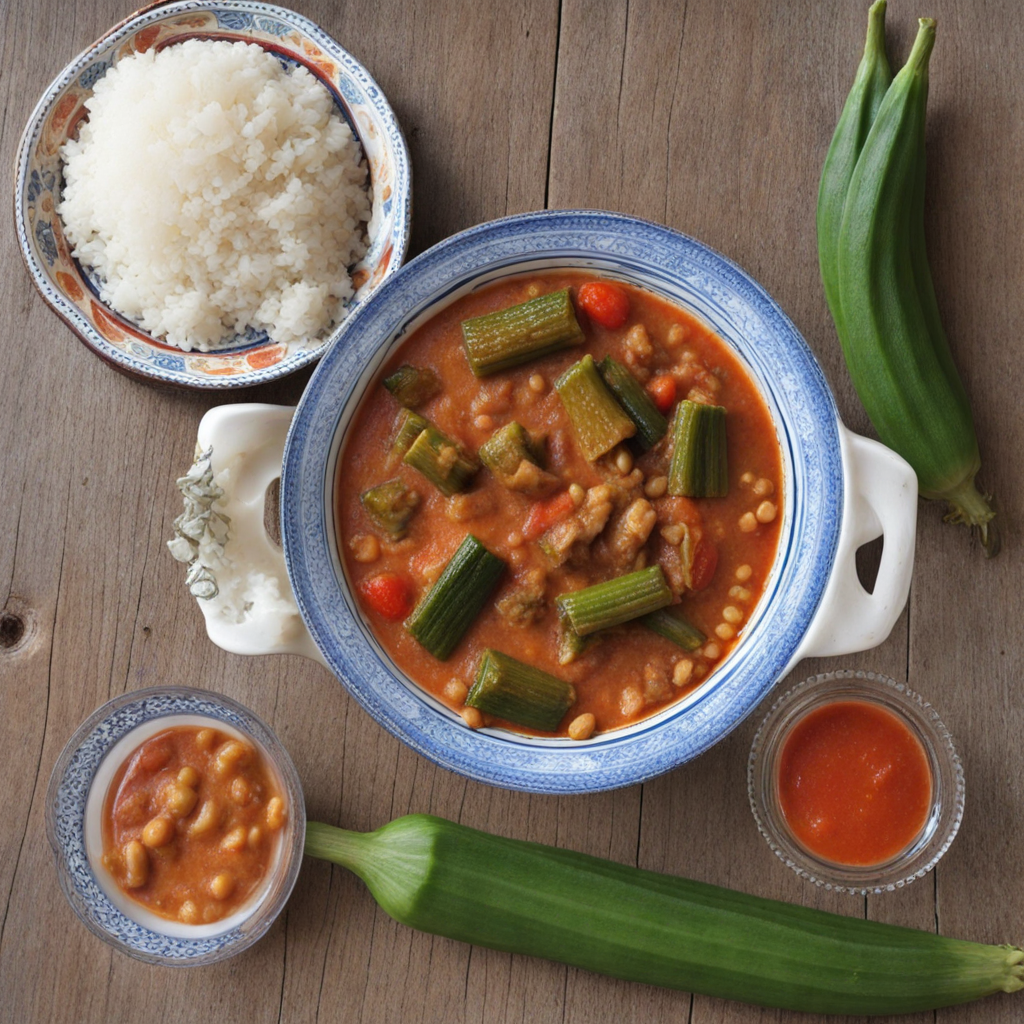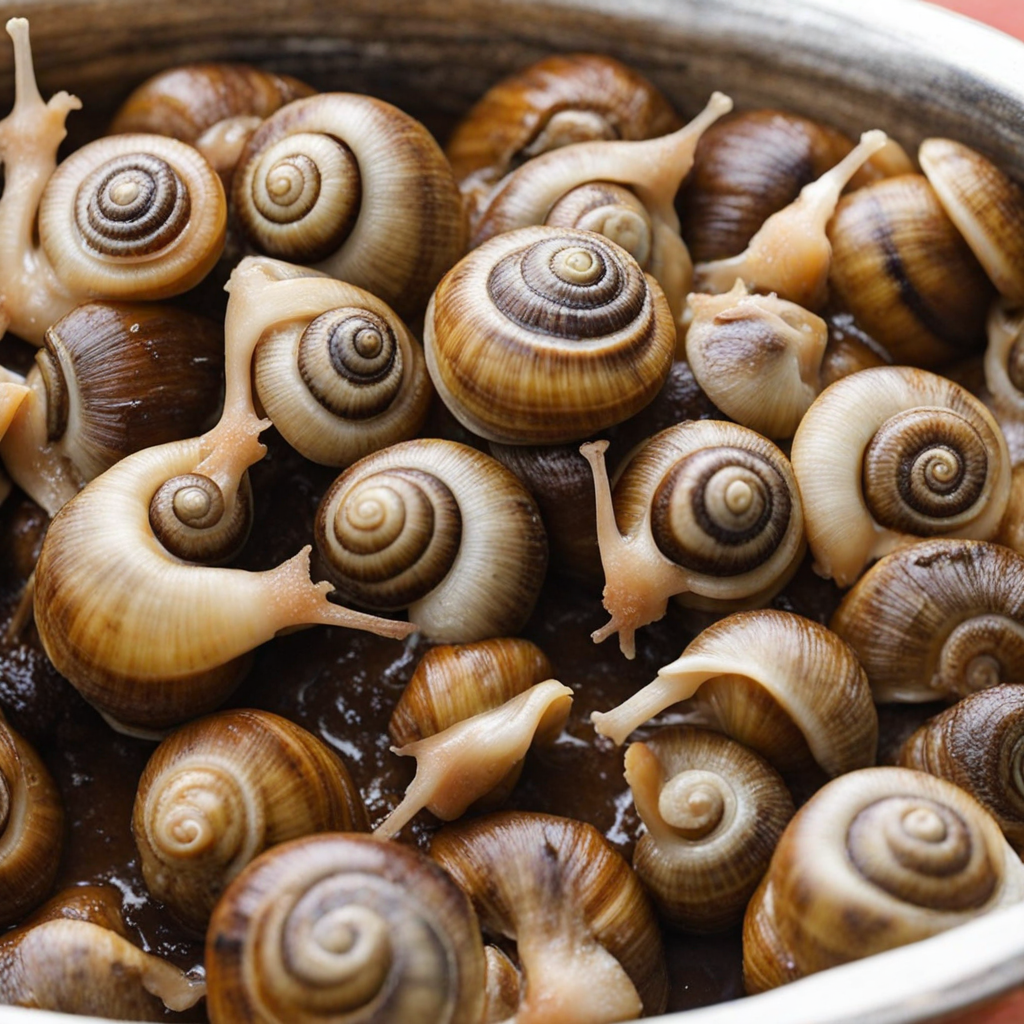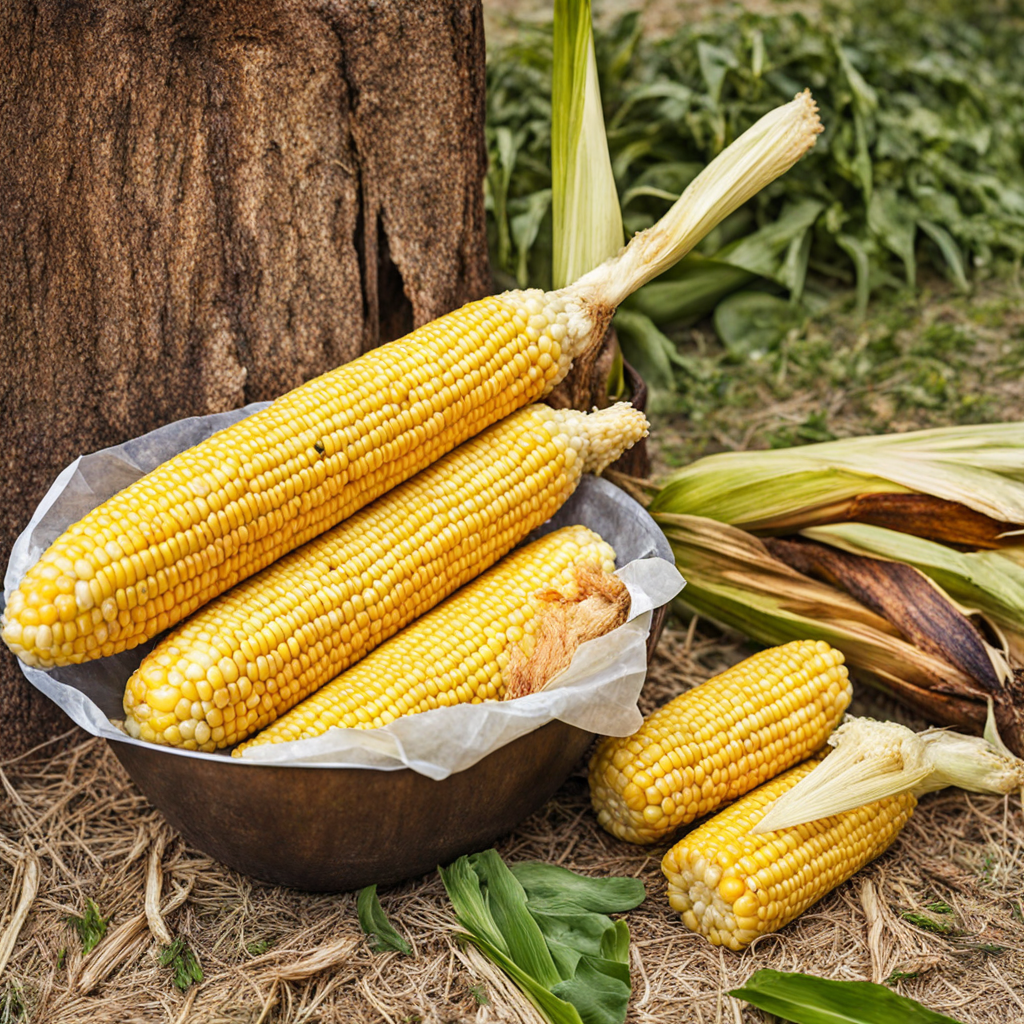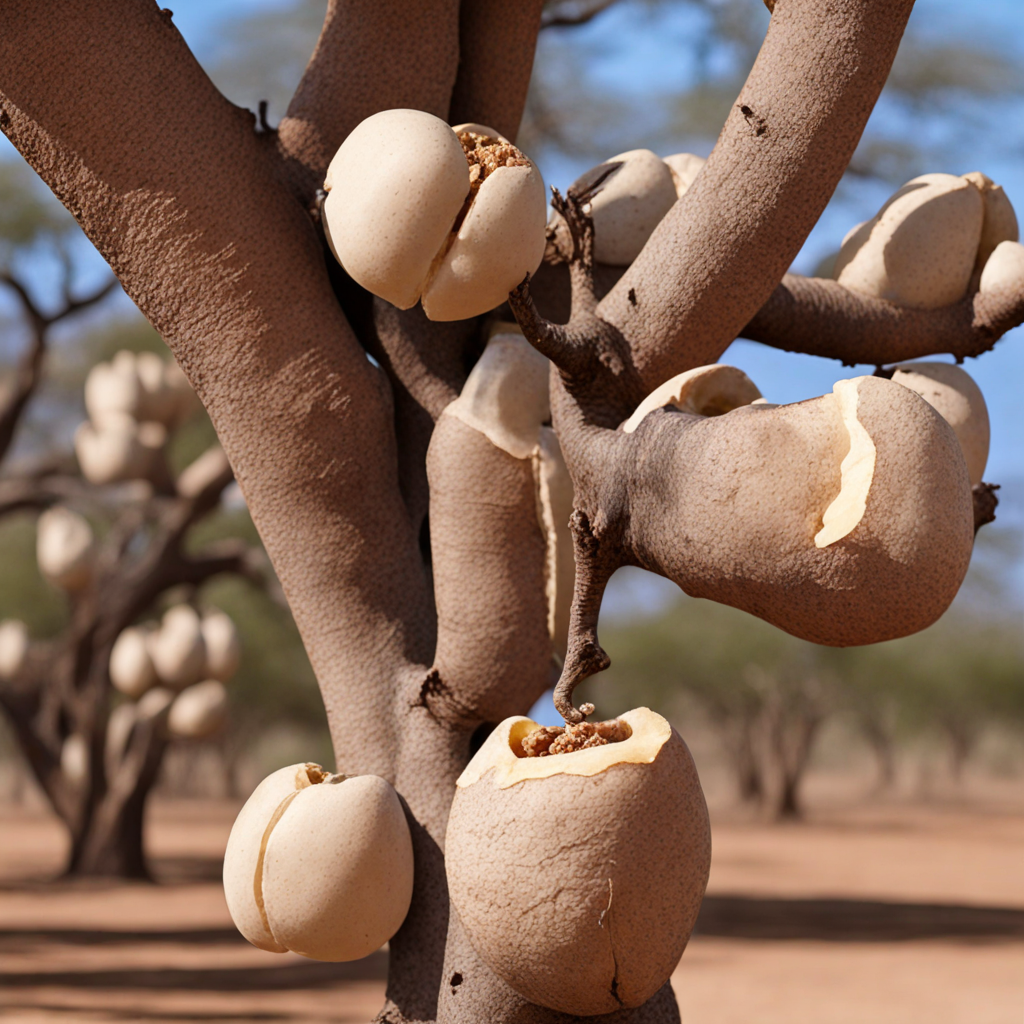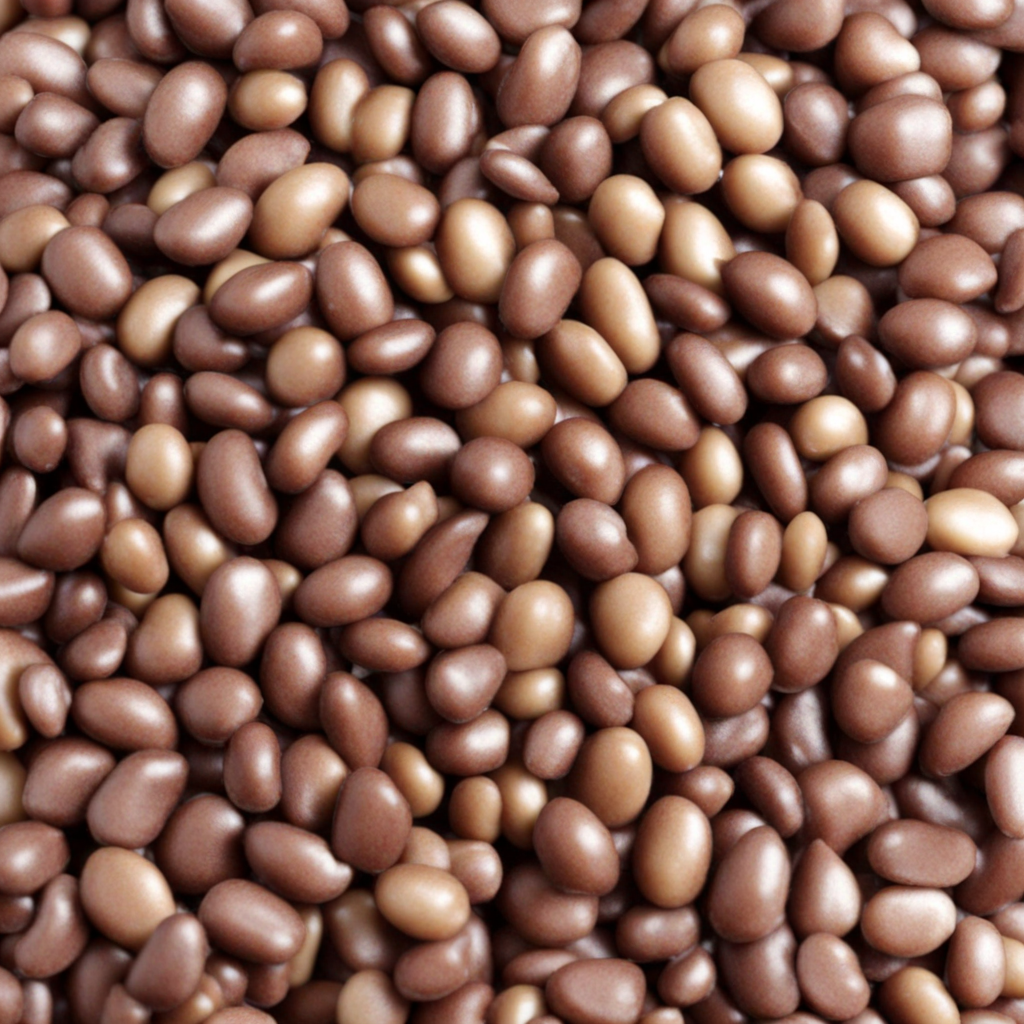Derere
Derere is a traditional Zimbabwean dish made primarily from the leaves of the jute plant, which are also known as 'saluyot' or 'Jew's mallow.' This dish is celebrated for its unique, slightly mucilaginous texture that lends itself to a comforting, hearty experience. The jute leaves are typically cooked down until tender, often accompanied by a variety of ingredients such as onions, tomatoes, and spices. The cooking process brings out the earthy flavors of the leaves, creating a dish that is both nutritious and satisfying. In addition to the jute leaves, Derere can be enriched with groundnuts (peanuts) or served alongside staple foods like sadza, which is a thick porridge made from maize meal. The combination of the savory, nutty flavors with the hearty texture of the leaves creates a harmonious balance that is deeply rooted in Zimbabwean culinary traditions. The dish is often seasoned with salt, and sometimes a hint of chili, making it a versatile option that can cater to various palates. Derere is not just a dish; it's a cultural experience that embodies the essence of Zimbabwean home cooking. It is often enjoyed during communal meals, bringing families and friends together to share in its wholesome goodness. This dish is a wonderful introduction to the rich biodiversity of Zimbabwean cuisine, showcasing the use of local ingredients and traditional cooking methods that have been passed down through generations.
How It Became This Dish
Derere: A Culinary Journey Through Zimbabwe The rich tapestry of Zimbabwean cuisine is woven together by a variety of ingredients and traditional dishes that reflect the country's diverse cultures and historical influences. Among these, 'Derere' stands out as a beloved staple, embodying both the agricultural heritage and the culinary creativity of the Zimbabwean people. Known as 'okra' in English, Derere has played a significant role in Zimbabwe's food culture for centuries, evolving through time while maintaining its cultural significance. Origins and Etymology Derere, scientifically known as *Abelmoschus esculentus*, is believed to have origins in Africa, with its cultivation dating back thousands of years. Although the exact timeline of its introduction to Zimbabwe is unclear, it is widely accepted that okra was brought to the region by early Bantu-speaking communities who migrated from West Africa. The word "derere" itself is derived from the Shona language, one of the predominant languages in Zimbabwe, highlighting the dish's deep roots in local culture and language. The plant thrives in warm, tropical climates, making Zimbabwe an ideal location for its growth. Traditionally, the cultivation of Derere was integral to subsistence farming, where communities relied heavily on local crops to feed their families. The vegetable’s resilience and adaptability to various soil types made it a reliable source of nutrition. Cultural Significance Derere is more than just a vegetable; it is a symbol of Zimbabwean identity and communal living. The dish is often associated with family gatherings and communal meals, where it is served alongside staple foods such as sadza (a thick porridge made from maize) or rice. In many rural communities, the preparation and consumption of Derere are communal activities that strengthen familial bonds and foster community spirit. In addition to its social significance, Derere also holds cultural importance within traditional medicine. It is believed to have various health benefits, including promoting digestion, reducing inflammation, and providing essential nutrients such as vitamins A, C, and K. This has led to the integration of Derere into traditional healing practices, where it is often used in remedies for various ailments. Culinary Uses and Variations Derere can be prepared in numerous ways, showcasing the culinary creativity of Zimbabweans. The most common method involves cooking the okra to create a flavorful stew or relish. This dish is generally prepared with tomatoes, onions, and spices, resulting in a rich, savory accompaniment to staple foods. Due to its mucilaginous texture, Derere acts as a natural thickener, making it a perfect addition to stews. In urban areas, where culinary influences from around the world intermingle, Derere has been embraced in various fusion dishes. Chefs and home cooks alike have experimented with grilling, roasting, or even frying the vegetable, combining it with international flavors and techniques. For instance, Derere is sometimes featured in salads, curries, and even pizzas, demonstrating its versatility beyond traditional applications. Evolution Over Time The history of Derere in Zimbabwe has been shaped by a series of socio-political and economic changes. During the colonial era, agricultural practices shifted dramatically. European settlers introduced new crops and farming techniques, which often displaced traditional crops. Despite these challenges, Derere persisted, serving as a reminder of the resilience of local food culture. As Zimbabwe navigated the complexities of independence in the late 20th century, there was a renewed interest in indigenous crops, including Derere. The movement to reclaim traditional foods gained momentum, emphasizing the importance of food sovereignty and the preservation of cultural heritage. This resurgence was fueled by a growing awareness of the nutritional benefits of traditional crops, alongside the desire to promote local farming practices. In contemporary Zimbabwe, Derere is celebrated not only as a culinary staple but also as a symbol of national pride. Various food festivals and cultural events highlight traditional dishes, providing a platform for local farmers and chefs to showcase their culinary heritage. This renewed appreciation for indigenous foods has also sparked interest among younger generations, who are increasingly seeking to reconnect with their cultural roots through cooking and food preparation. Global Influence and Recognition The global culinary landscape has also taken notice of Derere, with the vegetable becoming more accessible in international markets. This exposure has led to a growing appreciation for African cuisine, with dishes featuring okra appearing in restaurants worldwide. The increasing popularity of plant-based diets has further propelled the demand for Derere, as it is celebrated for its nutritional value and unique flavor profile. In addition, the recognition of Derere as a vital component of Zimbabwean cuisine has been instrumental in promoting cultural exchange. Food enthusiasts and culinary explorers from around the globe have begun to incorporate Derere into their cooking, fostering a greater understanding of Zimbabwean culture and the importance of preserving traditional foods. Conclusion Derere serves as a testament to the resilience and adaptability of Zimbabwean cuisine. Its journey from ancient agricultural practices to modern culinary innovations reflects the dynamic nature of food culture, shaped by history, community, and identity. As Zimbabweans continue to embrace and celebrate their culinary heritage, Derere remains at the forefront, symbolizing not only a delicious dish but also the enduring spirit of a nation. Through its rich history, cultural significance, and evolving culinary applications, Derere invites us to explore the flavors and stories that connect us all.
You may like
Discover local flavors from Zimbabwe


